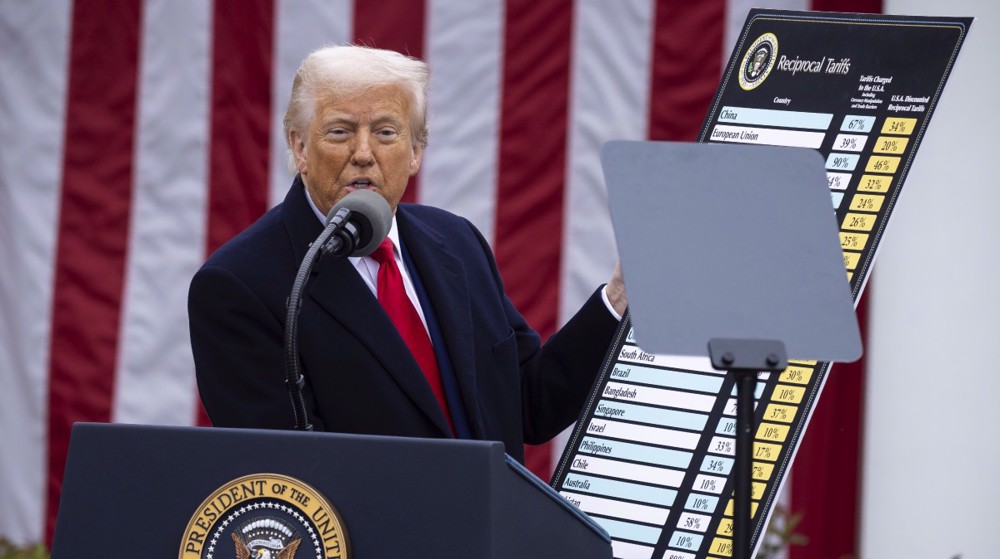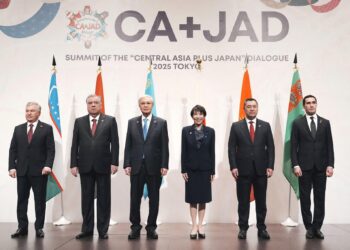WASHINGTON (Realist English). US President Donald Trump has threatened to impose an additional 50% tariff on Chinese imports if Beijing fails to withdraw its retaliatory tariffs by April 8, intensifying a renewed trade conflict between the world’s two largest economies.
In a post published Monday on his platform Truth Social, Trump warned that China’s 34% retaliatory tariffs — enacted in response to new US import duties — violate long-standing trade norms and would be met with “substantially higher tariffs” unless reversed immediately. “If China does not withdraw its 34% increase above their already long-term trading abuses by tomorrow… the United States will impose ADDITIONAL Tariffs on China of 50%, effective April 9th,” he stated.
Trump also announced the suspension of all talks with Beijing, declaring that “negotiations with other countries… will begin taking place immediately.” The move follows the administration’s announcement last week of a 34% tariff on Chinese imports, on top of the 20% tariffs already in place. China responded with an identical 34% duty on US goods.
Reacting to the threat, Liu Pengyu, spokesman for China’s embassy in Washington, said Beijing “will firmly safeguard its legitimate rights and interests.” Speaking to AFP, he added: “Pressuring or threatening China is not a right way to engage with us.”
The sharp escalation in rhetoric comes amid growing market anxiety. Wall Street suffered its worst single-day losses in years on Thursday, with an estimated $2.5 trillion wiped off US stock valuations. Economists and analysts warn that continued tariff escalations could severely disrupt global trade and production networks.
According to ABC News, a senior White House official confirmed that the proposed 50% tariff would be applied in addition to all existing measures, raising the cumulative tariff burden to unprecedented levels. Meanwhile, JP Morgan has raised the probability of a global recession by year’s end from 40% to 60%, citing the growing trade uncertainty.
Trump’s aggressive tariff strategy may energize parts of his domestic base, but risks undermining both US and global economic stability. With inflation still elevated and geopolitical tensions simmering, the trade standoff with China could trigger far-reaching consequences for supply chains, consumer prices, and investor confidence. In a fragile post-pandemic recovery, a prolonged “tit-for-tat” spiral may leave no winners.


















